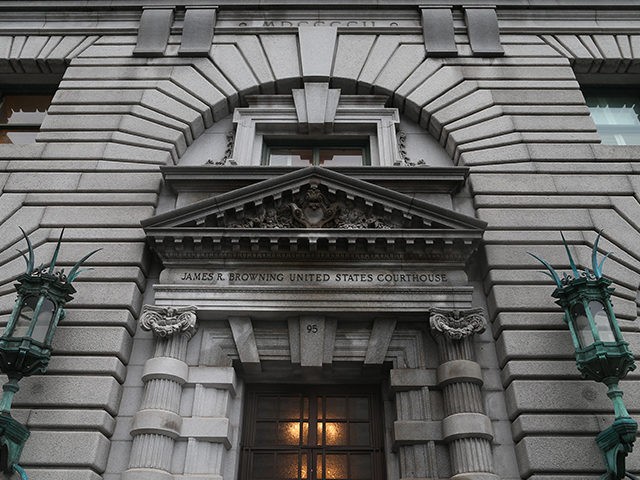On Friday, a three-judge panel of the Ninth Circuit of the U.S. Court of Appeals handed down a decision of immense importance. In Duncan v. Becerra, the Court struck down California’s ban on firearm magazines of more than ten rounds, holding that the ban violated the Second Amendment.
It was a major legal battle, with the Democrat attorneys general of no less than seventeen states weighing in on California’s side in support of the ban. The NRA, the National Shooting Sports Federation, and a host of local gun groups argued against the ban.
The decision was not unanimous; it was a 2-1 vote. But for court-watchers, it was an astonishing thing to see it come from the Ninth Circuit. Six other circuits, specifically the First, Second, Third, Fourth, Seventh, and D.C. Circuits, had previously sustained large-capacity magazine (LCM) bans against Second Amendment challenges.
The two judges in the majority of the Ninth Circuit panel were Judges Kenneth Lee (a Trump appointee) and Consuelo Callahan (a George W. Bush appointee). The dissent was written by Judge Barbara Lynn, a district judge from the Northern District of Texas (appointed by Clinton), who was sitting on the Ninth Circuit panel by designation. In decisions involving politicized issues like gun control, the name of the president who appointed a judge often speaks volumes.
As has been noted of late, the once left-leaning Ninth Circuit has changed a great deal during President Trump’s first term in office. President Trump has appointed no less than ten of the court’s 29 active-status judges. Combined with the three active-status appointees of George W. Bush, they are approaching the 50% mark. If President Trump wins a second term and gets to fill two more vacancies, the majority of Ninth Circuit judges will be Republican appointees. Already, in any given cases, there’s a decent chance that two of those thirteen Republican-appointed judges will land on the same randomly-selected panel. Duncan v. Becerra illustrates that fact perfectly.
The decision also sets up future battles in the U.S. Supreme Court. There is now, finally, a circuit-split on the issue—where there is a disagreement among the circuits on the same legal question. Under such circumstances, it is much more likely that the Supreme Court will take the case when it is offered.
When and if the case goes to the Supreme Court, one can only hope that the high court echoes the Ninth Circuit majority opinion written by Judge Lee.
Judge Lee’s opinion makes clear that the Second Amendment protects the magazine of semi-automatic firearms, as well as the firearms themselves. Importantly, the opinion holds that such restrictions must be subjected to “strict scrutiny” in the courts—the highest level of scrutiny. Under that standard, a law can only be sustained if the government has a “compelling state interest” and if the law is “narrowly tailored” to advance that interest. That is the same standard that applies to most other rights found in the Bill of Rights.
Judge Lee also destroys the progressive notion that law-abiding citizens don’t need more than ten rounds to defend themselves: “[I]t does not take a wild imagination to conclude that citizens may need LCMs to defend hearth and home. … In [rural] places, the closest law enforcement may be far, far away — and it may take substantial time for the county sheriff to respond. And it is no guarantee that the things that go bump in the night come alone; indeed, burglars often ply their trade in groups recognizing strength in numbers. … And in incidents of mass chaos and unrest, law enforcement simply may be unable to protect the people, leaving them solely responsible for their own safety in a seemingly Hobbesian world.”
Indeed. Let’s hope that at least five justices of the Supreme Court analyze the matter in similarly sober terms when the case gets there.
Kris W. Kobach was a professor of constitutional law during 1996-2011 at the University of Missouri-KC. He served as counsel to U.S. Attorney General John Ashcroft during 2001-2003, and he served as the Secretary of State of Kansas during 2011-2019. He is currently General Counsel of We Build the Wall

COMMENTS
Please let us know if you're having issues with commenting.